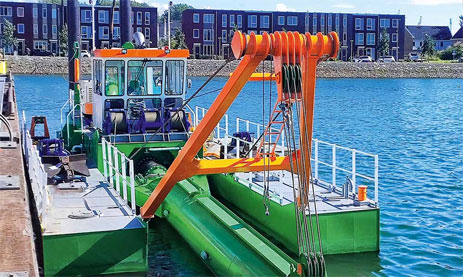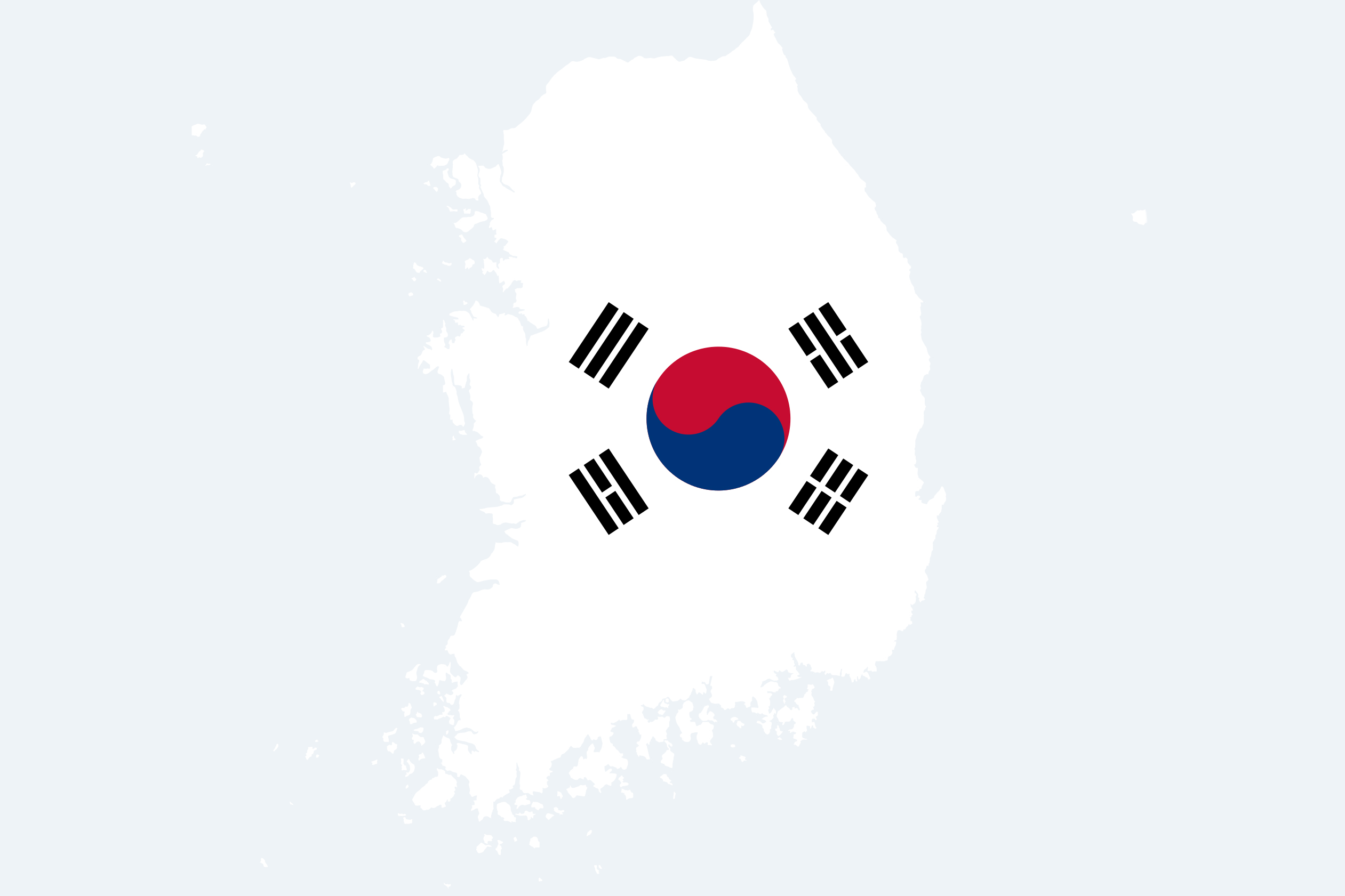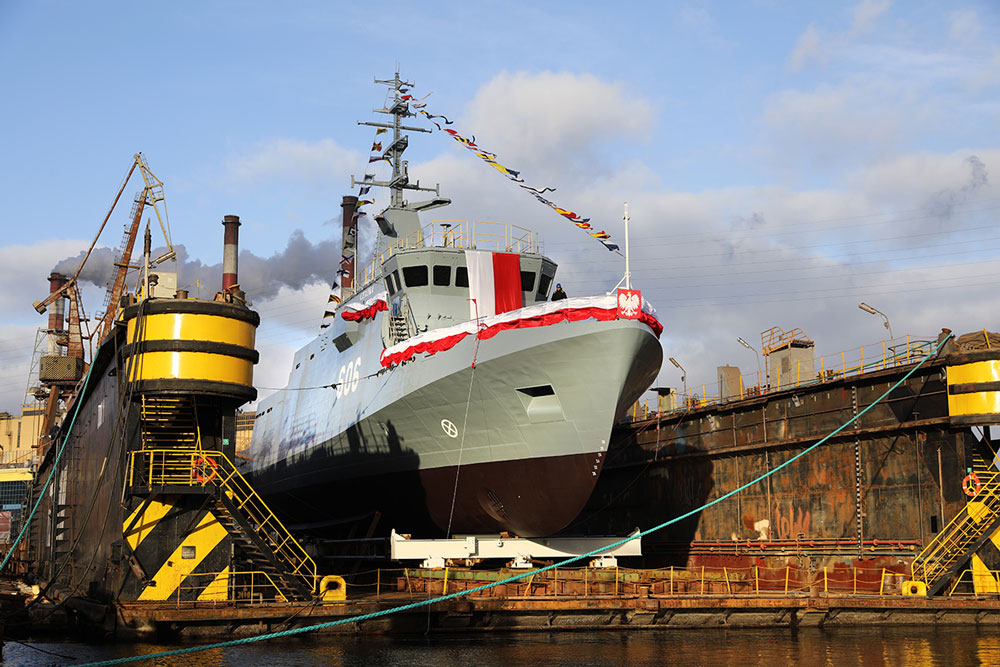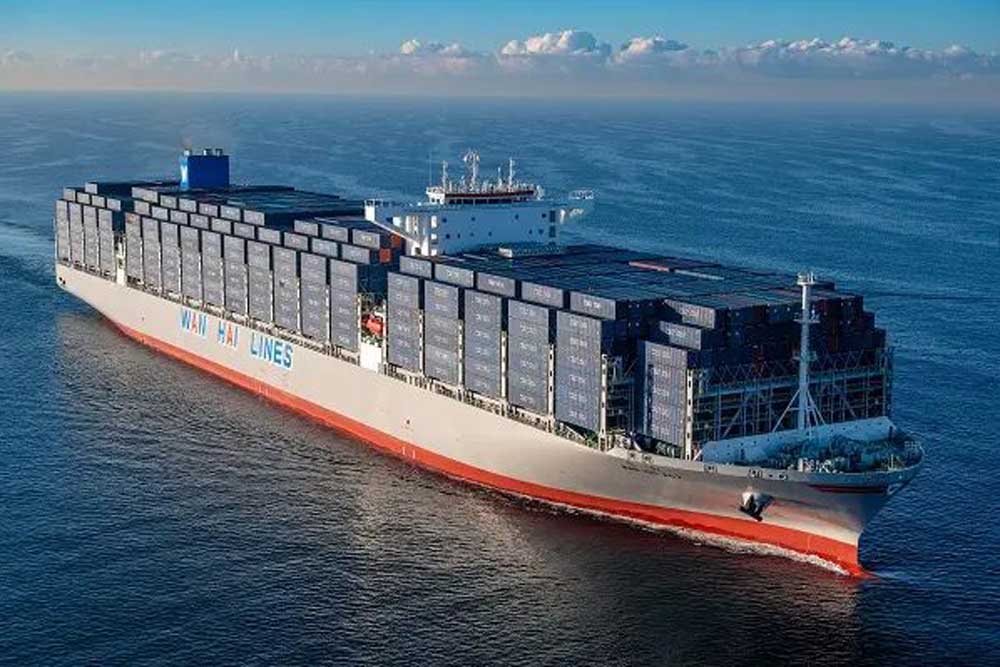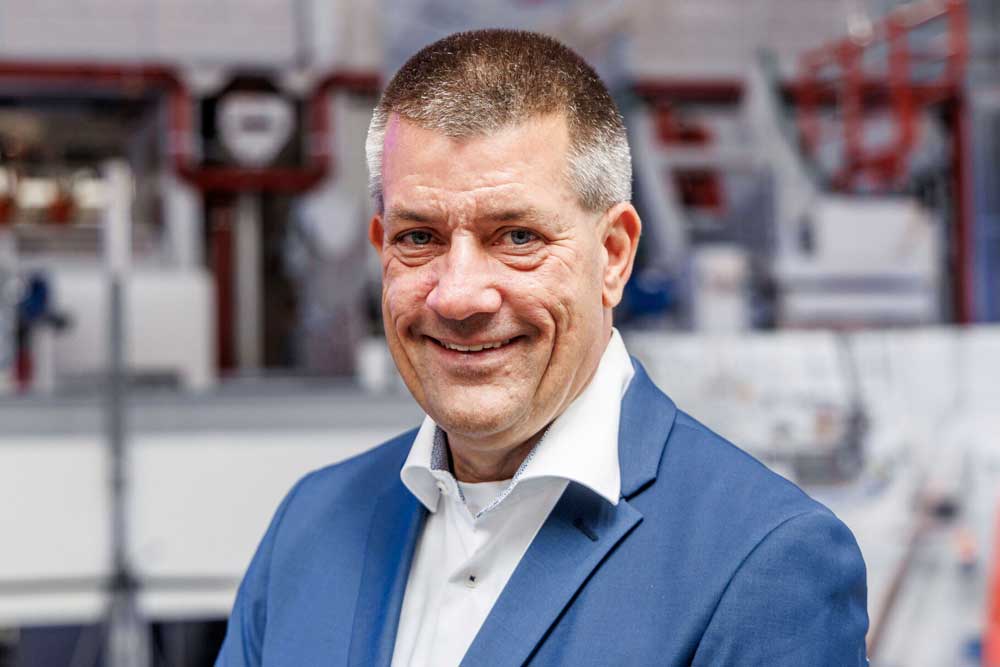Conversion in Eastern Europe: The German-Danish shipping company Scandlines wants to have part of its fleet converted to plug-in hybrid ferries with funding from the German government. The order is going to Eastern Europe.
In an announcement, the measure is described as “a further step in the long-term strategy to protect the Baltic Sea region and the Fehmarn Belt, which the Scandlines ferries cross every day.”
With a total investment of more than €31 million, the shipping company is converting two of the ferries that operate on the route “Vogelfluglinie” to plug-in hybrid ferries. The aim is to reduce CO₂ emissions by up to 80% and to promote ferry operations with electricity from renewable energy sources.
On average, the ferries’ batteries are reportedly charged with at least 80% of the energy required for a crossing in 12 minutes. The retrofit includes the installation of 5 MWh energy storage systems on each ferry, charging facilities for the ferries on board and at the ferry terminals in Puttgarden and Rødby, and renewable electricity as the primary energy source during crossings.
Scandlines has commissioned Western Shiprepair in Lithuania
Scandlines has signed a contract with Western Shiprepair in Lithuania for the conversion. COO Michael Guldmann Petersen emphasized that the contract was awarded to the BLRT shipyard “after an extensive and lengthy tendering process”. The conversion of the Scandlines ferry “Deutschland” will begin at the end of August and the “Schleswig-Holstein” in December. The entire project is expected to be completed by the beginning of 2026.
The Federal Ministry for Digital and Transport Affairs is financially supporting the project as part of a funding programme for the sustainable modernization of coastal vessels with up to 40% of the retrofitting costs, it is said.
For Scandlines, it is one of several measures to transform the fleet. Between 2013 and 2024, the shipping company invested €380 million in technologies to reduce emissions, such as the new hybrid ferries on the Rostock-Gedser route, which were also equipped with rotor sails and new propeller blades on the central propellers. Other examples include retrofitting the ferries on the Puttgarden-Rødby route with low-noise thrusters and an algae-repellent silicone coating, which also saves propulsion energy compared to conventional paints.








